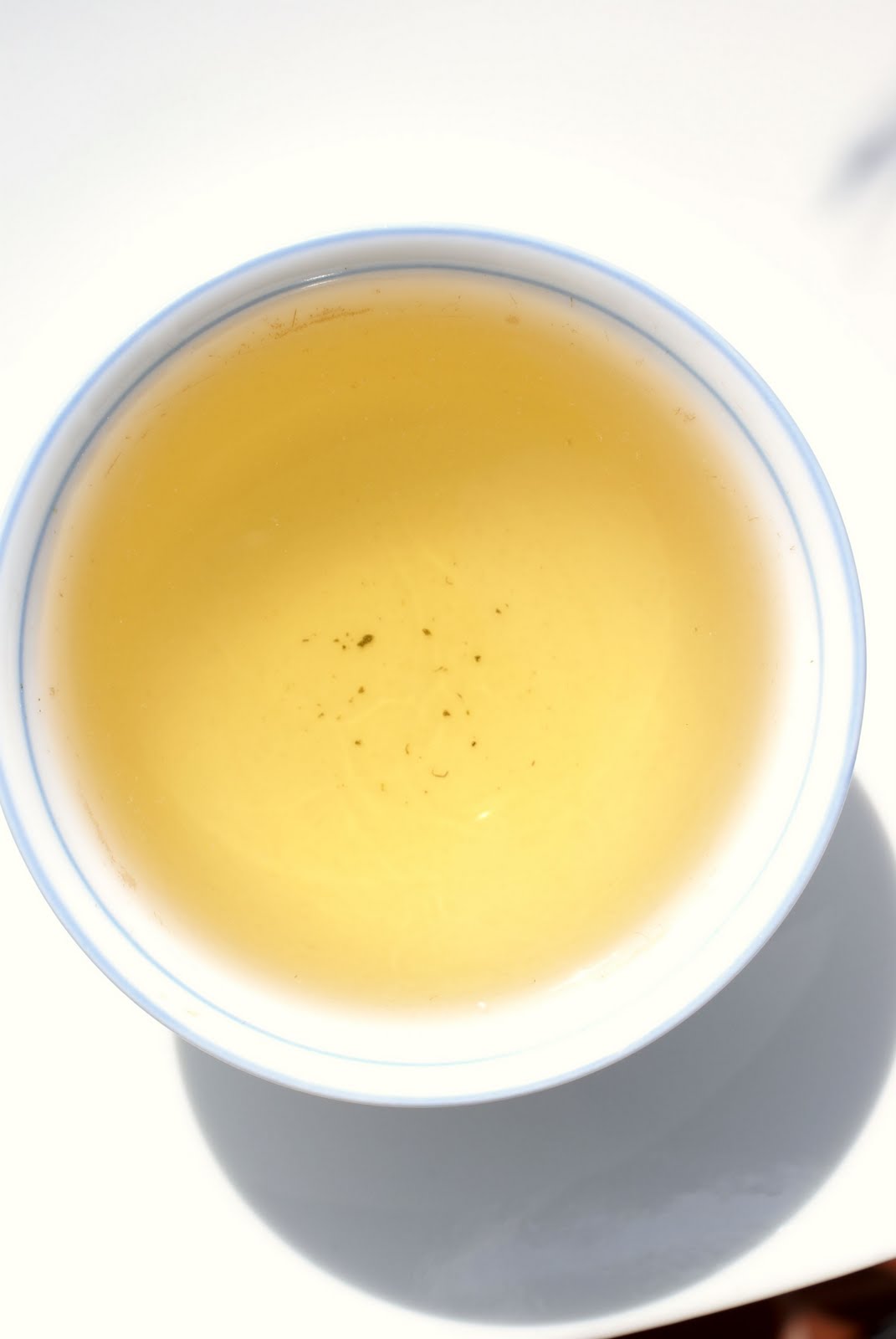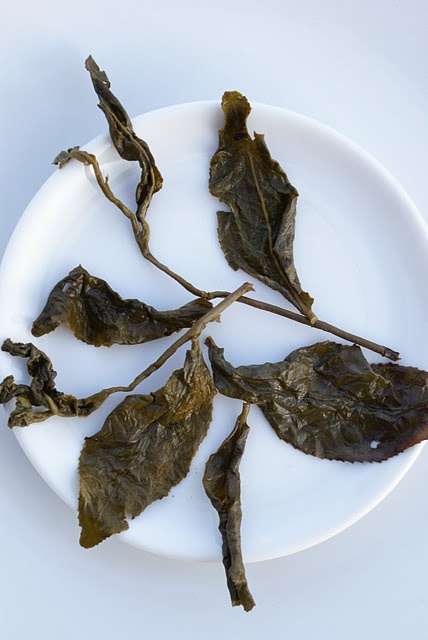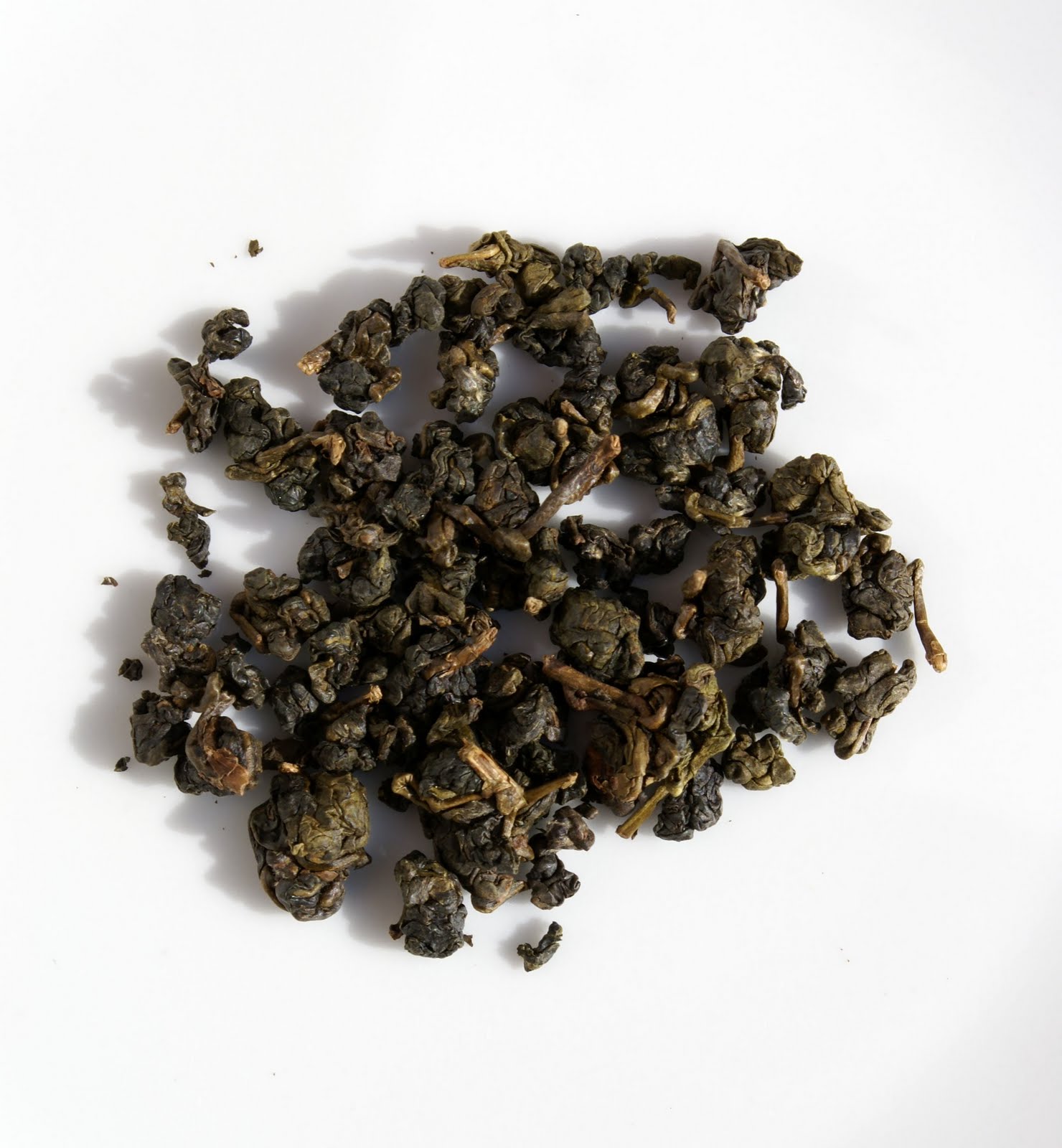2008 Fenghuang Winter Hungshui
Posted on 19 August 2009

I feel a little strange after my recent Japanese green tea overdose (see this link for a list of related posts). When perceiving the ‘outside world’ with our senses, we all benefit from temporary specialisation. If you drink one Chablis amidst a diet of California Zinfandels, chances are you won’t like it or appreciate it. If, however, you travel to Chablis to taste the local wines for a week, you become much more aware of the nuances that differentiate the various Chablis. The same goes for music. If you’re due to write an essay on the operas of Wagner, you’d better do a bit of listening before that. It’s good to have that individual style well ‘in your ear’.
But there’s another aspect to that. Overdo that Wagner listening, and all his operas will seem like one repetitive ramble. After two weeks of drinking only Japanese shincha three or four times a day, I didn’t feel like having more, and all those notes of green fruit and mild astringency on the palate really didn’t make much difference. So it’s good to switch to something different after a while. Yet the first sips of that ‘different’ tea (wine, food, music) always seem strange. Everything’s out of sync. The mouthfeel is not what it’s supposed to be. Even a tea’s colour can seem anomalous.
This 2008 Winter Fenghuang Hungshui oolong is a sample courtesy of Stéphane Erler of Tea Masters (merci!). In many ways it’s the perfect antidote to a Japanese overdose, yet it took me two sessions to really acknowledge its quality and personality to the full.
The Tea Masters website has a comprehensive description of this tea. Tea vendors’ websites and product descriptions can dangerously degenerate into repetitive marketing ramble but Tea Masters are (in my opinion) a notable exception. Their tasting notes are universally well-written and to the point.
Hungshui is a traditional term for a high mountain rolled oolong from Central Taiwan, produced with ‘traditional’ roast (i.e., higher than most modern Taiwanese mountain oolongs). As all tea terms it is approximate: with this specific 2008 Fenghuang, it is at most a medium roast, lower than I remember from Tea Masters’ 2008 Spring Dongding produced from exactly the same area. But (typically for a winter harvest) the fruity and flowery aromas of this tea are also quite subdued, making this medium roast a sensible choice: it doesn’t overpower the natural expression but is present throughout in the profile. You see it clearly in the xiangbei [‘aroma cup’] where there is a very interesting progression: starting with fumé, toasted-woody smells through cereals, then chocolate and caramel, going back to woodsy, herby, toasted, baked-bready scents. Hmm, interesting… I spend a few minutes smelling the aroma cup alone.


Infusions no. 1 (45 seconds, left) and 2 (25 seconds, right).Brewed in: gaiwan
Dosage: 2.5g / 120ml
Tasting notes:
45s: Leaves are slow to open and the first infusion is a pale apricot-mauve in colour. This has retained some good fruit underneath the roast, with a subdued but fascinating retronasal perfume mixing red fruits (raspberries?) with almonds, almost like a Dancong. Length is good, though this brew is obviously rather light – if you’d like a proper gongfu brewing session I recommend dosing more like 5–6g (though see below). Texturally an interesting combination of butter and toasted grain. A noble, satisfying tea.
25s: Deeper colour and a bit more intensity but the whole register is unchanged. This tea seems like a great pearl-white canvas on which only time will paint a colourful picture. A bit more butter and less toast now; a touch less fruity too. Now this is tasting very mountain oolong-like, with restraint and noblesse: whispers not utterances of texture and flavour.
40s: A deeper apricotty-beige colour (finally). Aroma still centered on roast. However more sweetness on the long huigan finish. Losing some of it grainey personality in favour of a more intense (if still shy) fruit.
This tea is a masterpiece of roast if there ever was one. It’s roasted to the millisecond and millidegree of temperature. At no moment does it show that bitterish astringency of excessive roast, nor the shallow buttery vagueness of insufficient one. The natural tea leaf flavours are perfectly combined with the delicate roasted notes. Stéphane mentions this tea was roasted by an old master, now retired, and it really shows: it’s a study in effortless, self-effacing craftsmanship.
Be warned: it’s a really delicate, low-key tea. Even following Stéphane’s advice (which I found very sound: this tea has little to gain from a tough-headed gongfu progression) of infusing little leaf for long times, the intensity is never very high, and it’s all about nuances. But what nuances! I’m now healed from the Japanese overdose, and for 32€ / 100g, I’ll be sure to order more to see how this tea can age.
 These leaves are very slow to open…
These leaves are very slow to open…

 These leaves are very slow to open…
These leaves are very slow to open…



